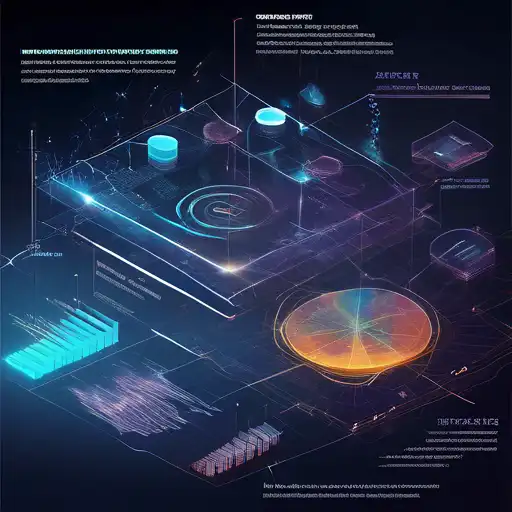Introduction to Data Visualization
In the era of big data, the ability to visualize complex datasets in an understandable and actionable manner is more crucial than ever. Data visualization techniques enable businesses and researchers to uncover hidden patterns, correlations, and insights that might not be apparent from raw data alone. This article explores the most effective data visualization techniques that can help you gain better insights from your data.
Why Data Visualization Matters
Data visualization is not just about making pretty charts; it's about communicating information clearly and efficiently. By transforming numbers and metrics into visual objects like graphs, charts, and maps, data visualization allows for quicker comprehension, better decision-making, and more effective communication of insights.
Key Data Visualization Techniques
1. Bar Charts and Column Charts
Bar and column charts are among the most common and straightforward visualization techniques. They are ideal for comparing quantities across different categories. For instance, a business might use a bar chart to compare monthly sales across different regions.
2. Line Graphs
Line graphs are perfect for showing trends over time. They can help identify patterns, such as seasonal fluctuations in sales or the growth trajectory of a company's revenue.
3. Pie Charts
Pie charts are useful for displaying proportions and percentages. They can quickly show how a whole is divided into parts, such as market share distribution among competitors.
4. Scatter Plots
Scatter plots are excellent for identifying correlations between two variables. They can reveal trends, clusters, and outliers in the data, making them invaluable for statistical analysis.
5. Heat Maps
Heat maps use color coding to represent data values, making them effective for visualizing complex data sets like website traffic or user behavior patterns.
Advanced Data Visualization Techniques
For more complex datasets, advanced techniques such as interactive dashboards, geospatial mapping, and network diagrams can provide deeper insights. These methods allow users to explore data in more dynamic and interactive ways.
Best Practices for Effective Data Visualization
- Choose the right type of chart for your data.
- Keep it simple and avoid clutter.
- Use colors and labels effectively to enhance understanding.
- Ensure your visualizations are accessible to all audiences.
Conclusion
Data visualization is a powerful tool for transforming raw data into meaningful insights. By mastering these techniques, you can unlock the full potential of your data, making informed decisions that drive success. Whether you're a business analyst, researcher, or data enthusiast, effective data visualization can elevate your work to the next level.
For more insights into data analysis and visualization, explore our Business Intelligence section.
